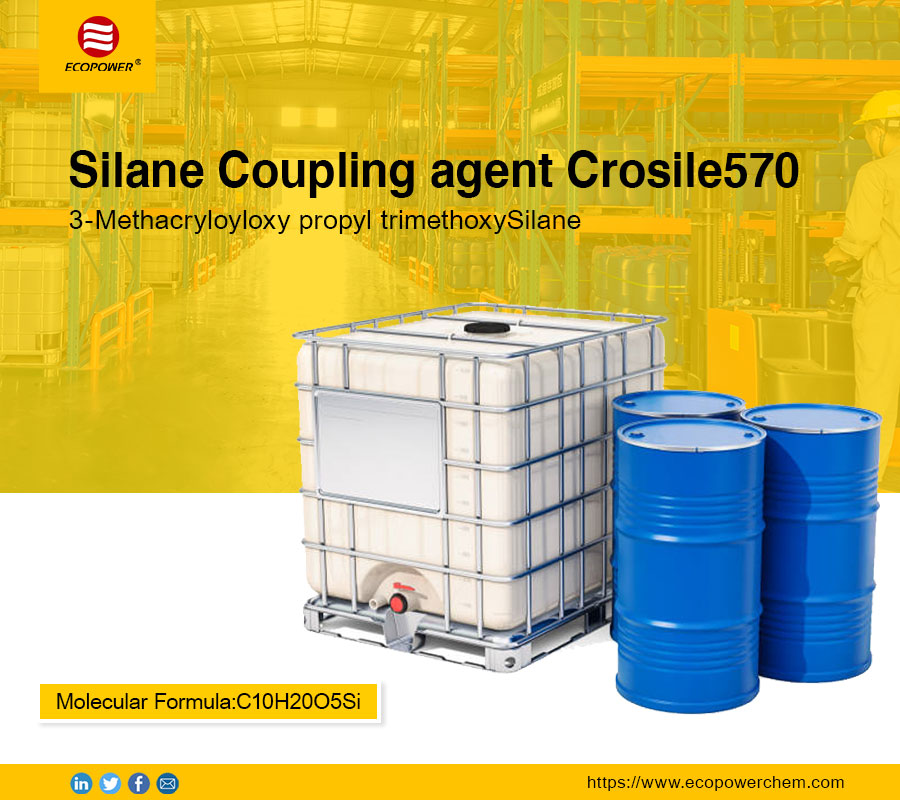May / 20, 2021
What is the Difference Between Hydrocarbon Resin C5?
What is the Difference Between Hydrocarbon Resin C5? The biggest differences between Hydrocarbon Resin C5 is the amount of moisture in each product. Resin C5 is slightly heavier than Resin C5 which makes it absorbs quickly and stay moist longer. The other difference between both products is the degree of polymerization, which is explained in detail below. Resin C5 has a lot of polymerization and has been named by some as the real resin because it has a high level of hydrophobic, that is it will not allow water to enter into the material, while Hydrocarbon Resin C5 does not have as much polymerization, it is just barely there. This is why it does not form into a solid when heated. Many factors go into the formulas of these two different grades of resin. The amount of heat used and how long the heat is left on for will determine the amount of polymerization that occurs in either of these two resins. If you set the thermostat on your oven to a very low setting, and if you use a small amount of heat for the time the product is being treated with resin then you will get both type of resins, but the second one will retain its shape better and is easier to work with. In order to determine the amount of polymerization of Hydrocarbon Resin, it is important to use a simple flow technique. This method is very simple to use and is used often to test the properties of a material. Put the material in a container that is similar to the thermostat of the oven, add a few drops of this substance, and allow it to warm up. Once it reaches a boil you can then remove the container and examine the material for any changes. Hydrocarbon Resin is completely saturated with water, even though the product is totally wet. The material looks liquid, but not like any liquid we are familiar with. This type of material can be easily molded, and sanded, but not all of the properties of the resin will be retained in this state. Once the product is cleaned, no matter how it was cleaned, the moisture is not removed. It will hold the water in the resin and will not dry out. It has a water-resistance properties in its water-saturated state, which is the first step towards molding it. Hydrocarbon Resin C5 will hold the water in until it has completely cured, which is two to four weeks depending on the manufacturer of the product. This is why it is important to not scrub the product off once it has cured and is removed from the container. All products are made differently. If you are looking for an answer to the question “what is the difference between Hydrocarbon Resin C5” then this information will help you decide which is best for your application. What is the Difference Between Hydrocarbon Resin C5?
View More

